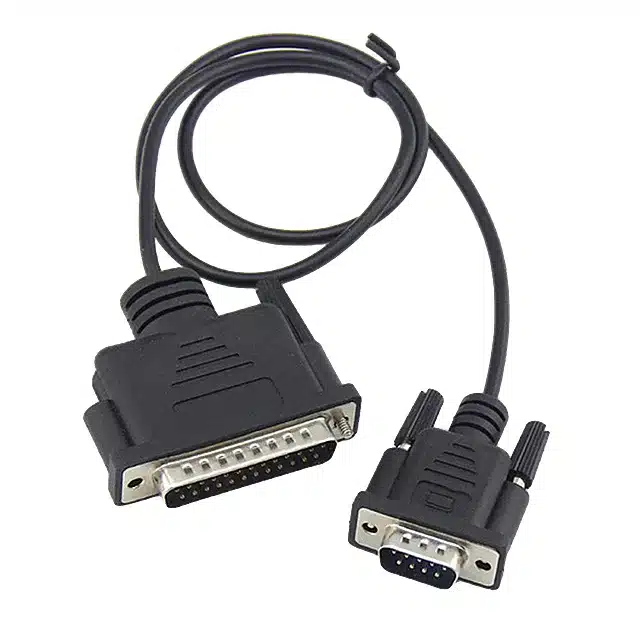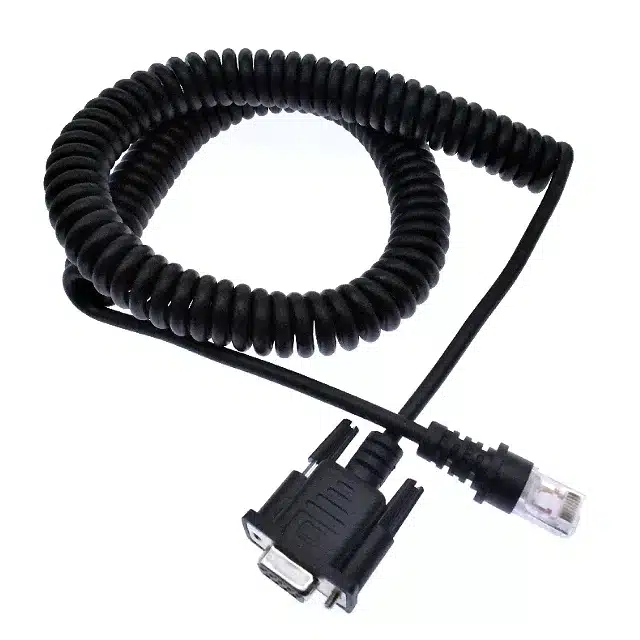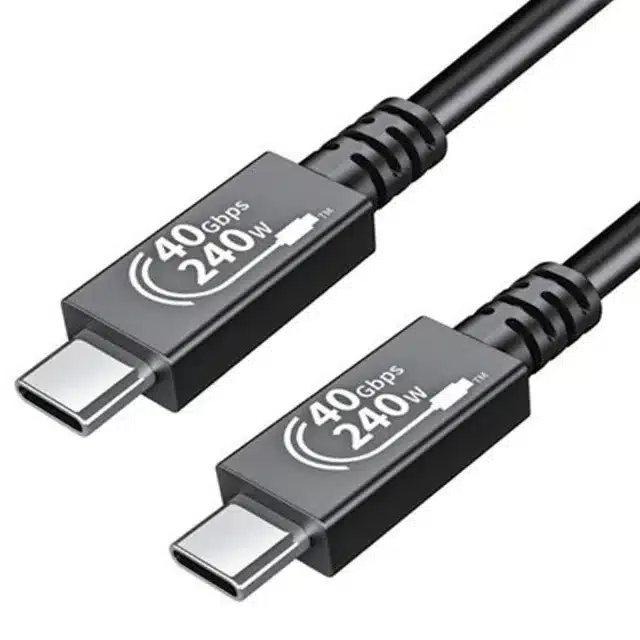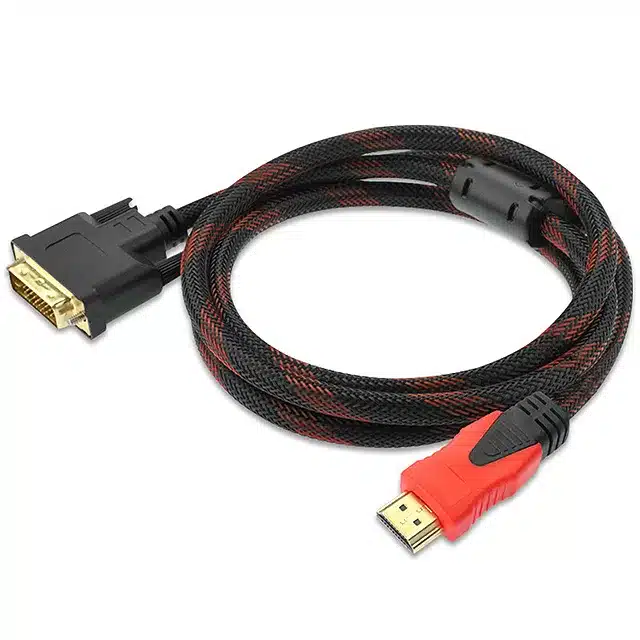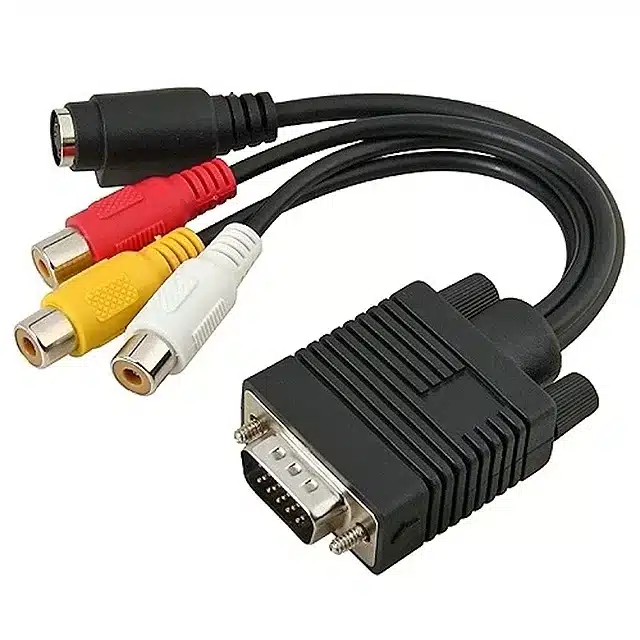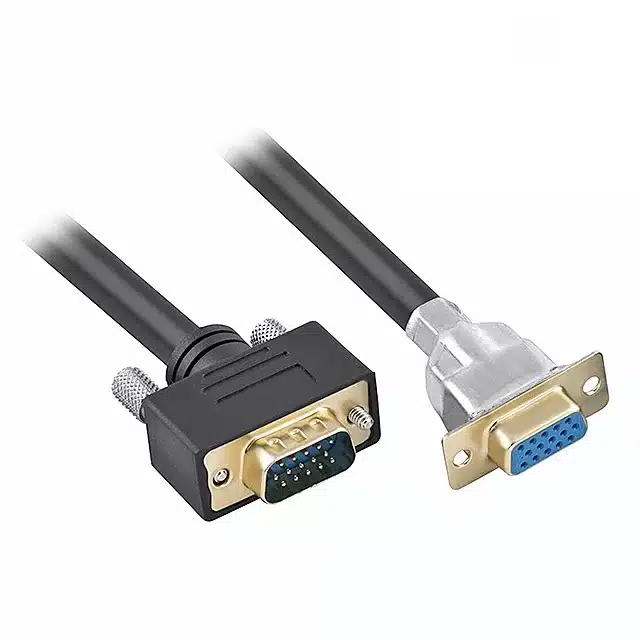RS232 is a serial communication protocol that is defined as a single-ended standard for increasing the communication distance in low-rate serial communications.
Since 27 years ago, our factory has produced various customized RS232 cable components for many clients, including but not limited to DB9, DB15, DB25, DB37, HD50, etc. If your project requires a unique RS232 cable component, please contact us for a quote.

Our customised RS-232 cable assemblies
Advantages of our customized RS232 cables
- Accept small-batch production orders with affordable prices.
- Equipped with many automated production equipment, can customize high-end complex RS232 cable assemblies.
- Fast delivery, all processes (such as soldering, over-moulding and performance testing) are done in-house, usually orders are completed within 10-15 working days.
- 100% product qualification rate, all products are 300% tested with zero defects.
- We have passed relevant certifications such as UL, CE and USB4 TID, and offer a wide range of connection options, lengths and materials to meet your needs.
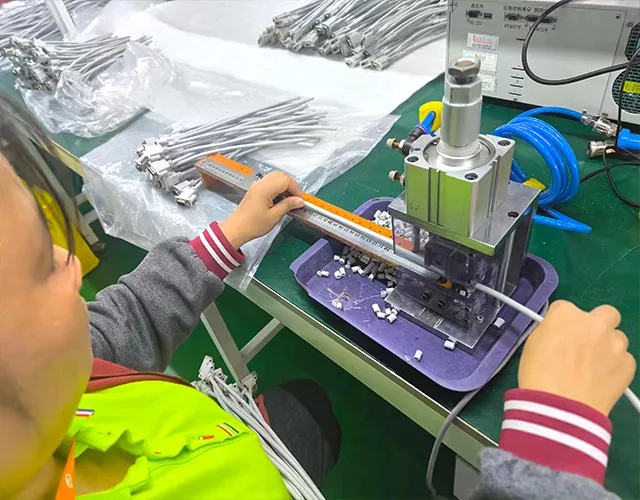

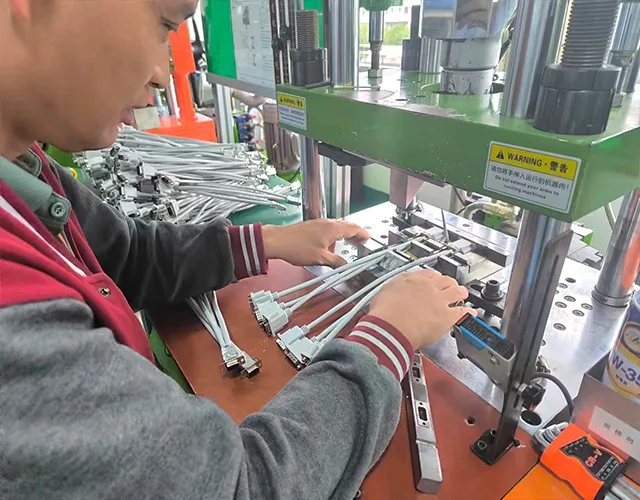


You may want to know more about RS232 cables
RS-232 interface form
RS232 generally uses a 9-pin and 25-pin serial interface, divided into male (Male) and female (Female) two, males for DTE devices, female for DCE devices, and different pins for different functions.
RS-232 (9-pin serial port pin definition)

| Number | Name | Abbreviation |
|---|---|---|
| 1 | Data Carrier Detect | DCD |
| 2 | Received Data | RxD |
| 3 | Transmitted Data | TxD |
| 4 | Data Terminal Ready | DTR |
| 5 | Ground | GND |
| 6 | Data Set Ready | DSR |
| 7 | Request To Send | RTS |
| 8 | Clear To Send | CTS |
| 9 | Ring Indicator | RI |
RS-232 (25-pin serial port pin definition)

| Number | Name | Abbreviation |
|---|---|---|
| 1 | Shield | / |
| 2 | Transmitted Data | TxD |
| 3 | Received Data | RxD |
| 4 | Request To Send | RTS |
| 5 | Clear To Send | CTS |
| 6 | DCE Ready/Data Set Ready | DSR |
| 7 | Signal ground/common return | SG |
| 8 | Received line signal detector | / |
| 9 | Reserved for data set testing | / |
| 10 | Reserved for data set testing | / |
| 11 | Unassigned | / |
| 12 | Secondary received line signal detector | / |
| 13 | Secondary Clear To Send | (S)CTS |
| 14 | Secondary Transmitted Data | (S)TxD |
| 15 | Transmission signal element timing | / |
| 16 | Secondary Received Data | (S)RxD |
| 17 | Receiver Signal Element Timing(DCE) | / |
| 18 | Local Loopback | |
| 19 | Secondary Request To Send | (S)RTS |
| 20 | DTE Ready/Data Terminal Ready | DTR |
| 21 | Remote Loopback/Signal Quality Detector | / |
| 22 | Ring Indicator | RI |
| 23 | Data Signal Rate Selector | / |
| 24 | Transmit signal element timing (DTE) | / |
| 25 | Test Mode | / |
Technical specifications of the RS232 interface
| Specifications | RS232 |
|---|---|
| Mode of operation | Single ended |
| Receiver Input Resistance | 3K to 7K Ohms |
| Driver load impedance | 3K to 7K Ohms |
| Receiver input sensitivity | +/-3V |
| Receiver input voltage range | +/-15V |
| Slew rate(max) | 30 V/µS |
| Max. driver current in high impedance state | +/-6mA at +/-2V |
| Max. driver output voltage | +/- 25 V |
| Maximum data rate | 460kbps |
| Maximum cable length | 50 feet |
| Number of drivers/receivers on one line | 1 driver, 1 receiver |
Advantages and Disadvantages of RS232 cable
Advantages of RS-232
- Widely used for point-to-point connections between DCE and DTE devices.
- Due to its simplicity, the RS-232 interface is supported in many devices.
- Low cost.
- No noise
Disadvantages of RS-232
- The interface requires a separate transceiver chip, which increases system cost.
- Used in single-master, single-slave configurations, not in single-master, multi-slave mode.
- Low bandwidth.
- Limited cable length.
- Increased power consumption.
Application of RS-232 cable

RS-232 cables are widely used for computer serial interface peripheral connections, such as connecting a computer to a printer or modem, and it is also used in industrial automation for connecting sensors and other devices to a control system.






